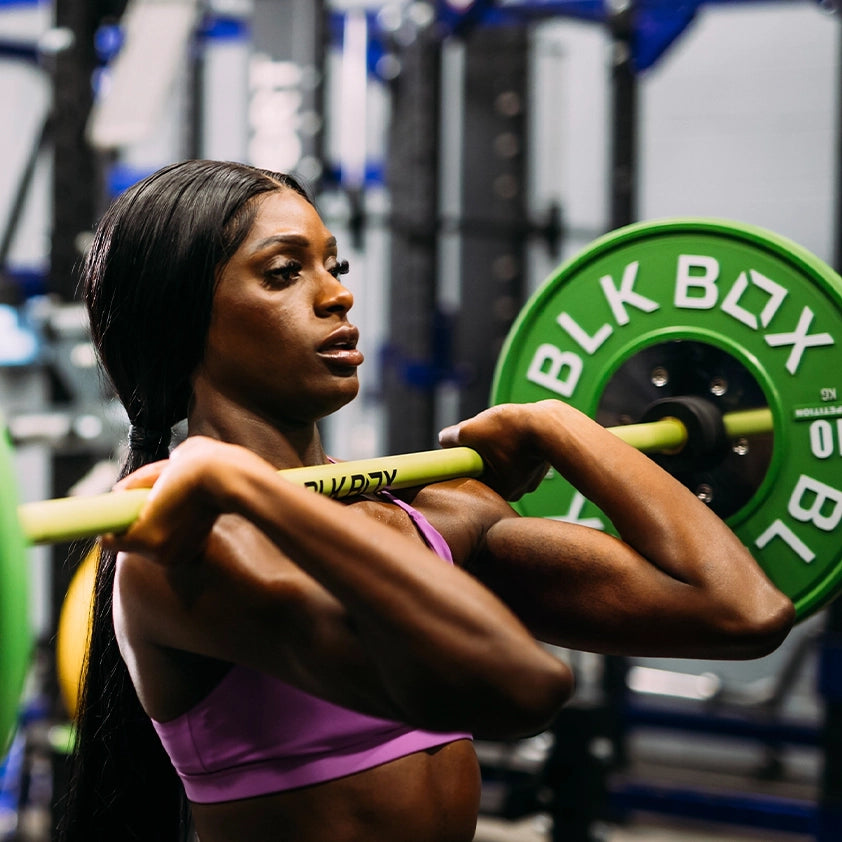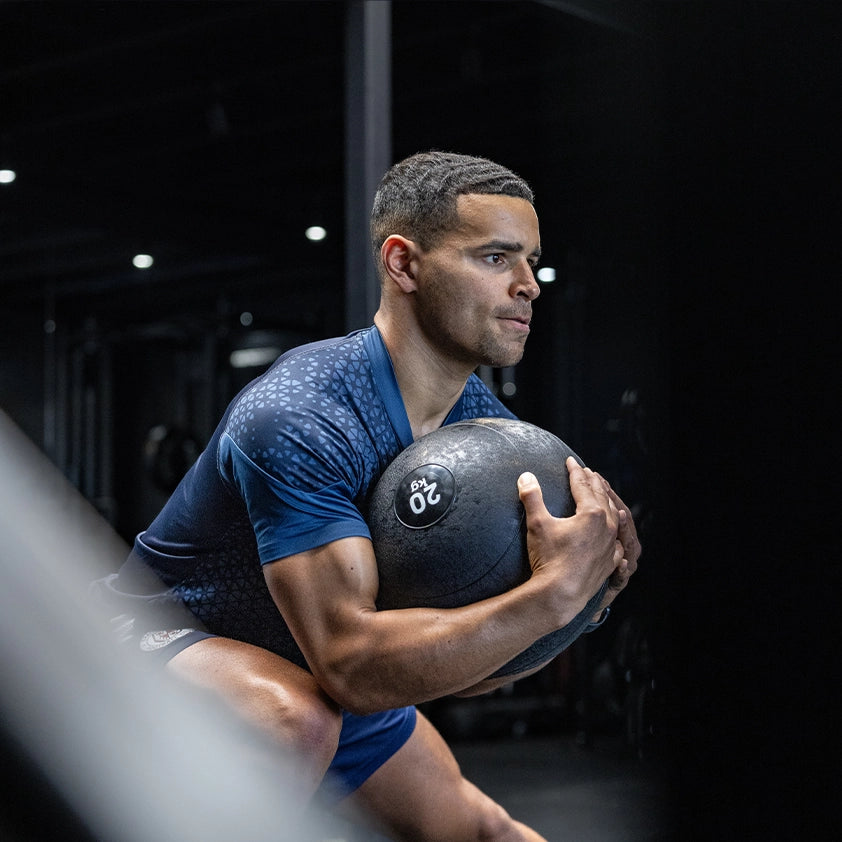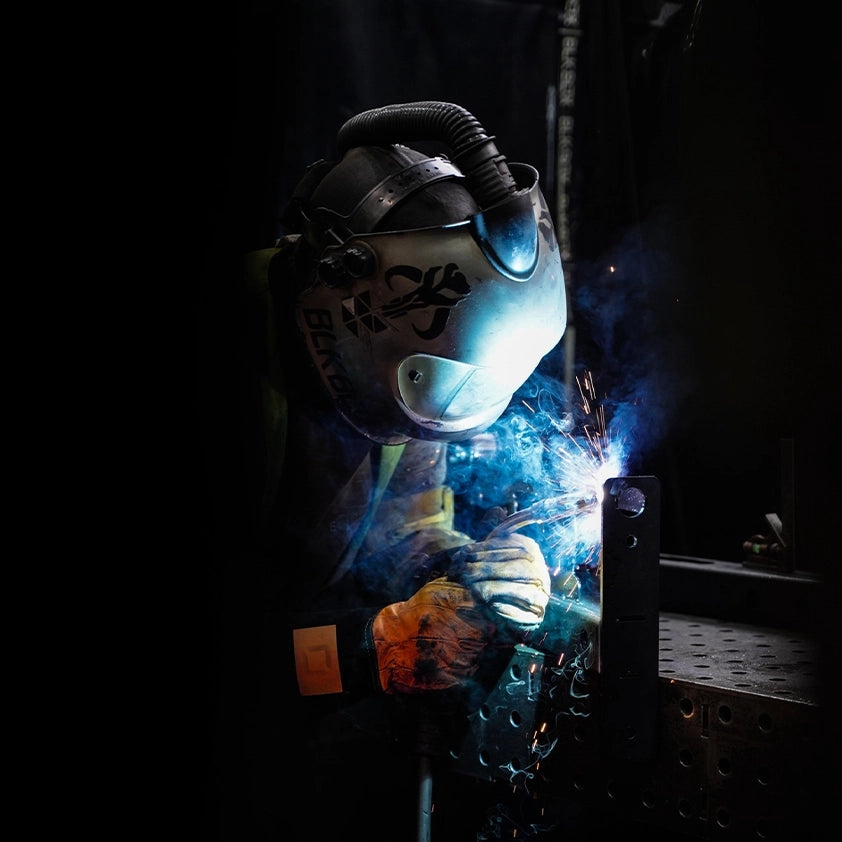Fitness trends for 2025: Insights from coaches, gym owners, and athletes

At BLK BOX, we’ve had the privilege of working with hundreds of gym owners, coaches, and athletes over the past 12 months, giving us a front-row seat to the real-world trends shaping the fitness industry.
Here’s what Miles Canning, our Marketing Director, has observed:
Evolving training IQ

Firstly, the average gym member’s Training IQ has evolved. Thanks to wearables, social media, and relentless fitness content (the good and the garbage), people now arrive with a grasp of concepts once reserved for pros. Hearing a discussion of VO₂ max or squat periodisation isn't unusual anymore, and I love it. It’s refreshing to see ownership of personal progress, rather than just showing up and hoping for the best.
Functional and strength spaces
Commercial gyms have leaned hard into functional and strength training. Cardio machines have now given way to functional spaces that rival independent gyms. Yet what they often lack is the genuine connection that independents nail so well.
Over the holidays, I experienced team workouts of 100+ people, where it wasn’t just about burning calories—it was the vibe, seeing friends, and being part of something. And in a world of remote work and fewer daily interactions, that matters!
The rise of hybrid athletes

\2024 was again dominated by Hyrox and the rise of Hybrid Athletes mixing strength and endurance without the demand for high-skill movements or constant redlining. It’s a notable pivot from the previous era of functional fitness when many of us spent years chasing muscle-ups, PBs, and whiteboard glory.
It still appeals to some, but the bulk of members in their mid-30s or 40s now prioritise foundational strength, an aerobic base, and enough recovery to handle work and family, rather than shaving a few seconds off Fran.
A balanced approach to training
To strike a balance, many follow their own plan (individually or in small groups), reserving a couple of days for larger team classes. It’s a blend that’s worked for me, providing the structure needed for progress alongside the energy you only get from a team environment.
Equipment trends reflect a similar shift: more turf and sleds for Hyrox-style workouts, fewer high-bar rigs, and more cable-integrated racks to unlock a range of new movements.
Coaches as connectors

Coaches deserve credit for making functional fitness both safe and engaging. They’ve moved away from randomised, high-skill workouts and embraced accessible formats that still deliver results. The best quickly adopted the ‘Hybrid’ ethos, with more structured strength and endurance work.
But the role of a coach is still evolving. It’s less about being the leader and more about fostering real connections, personalised insights, and embracing member autonomy. Emotional intelligence on the gym floor can matter just as much as programme efficacy.
Personalisation and connection
If I had to sum it up, we’re in a phase of personalisation and human connection, with a renewed focus on strength and conditioning. Nothing flashy, just what’s happening in real gyms with real people.
Here’s to a new year in an evolving industry that’s full of opportunity 🤙















